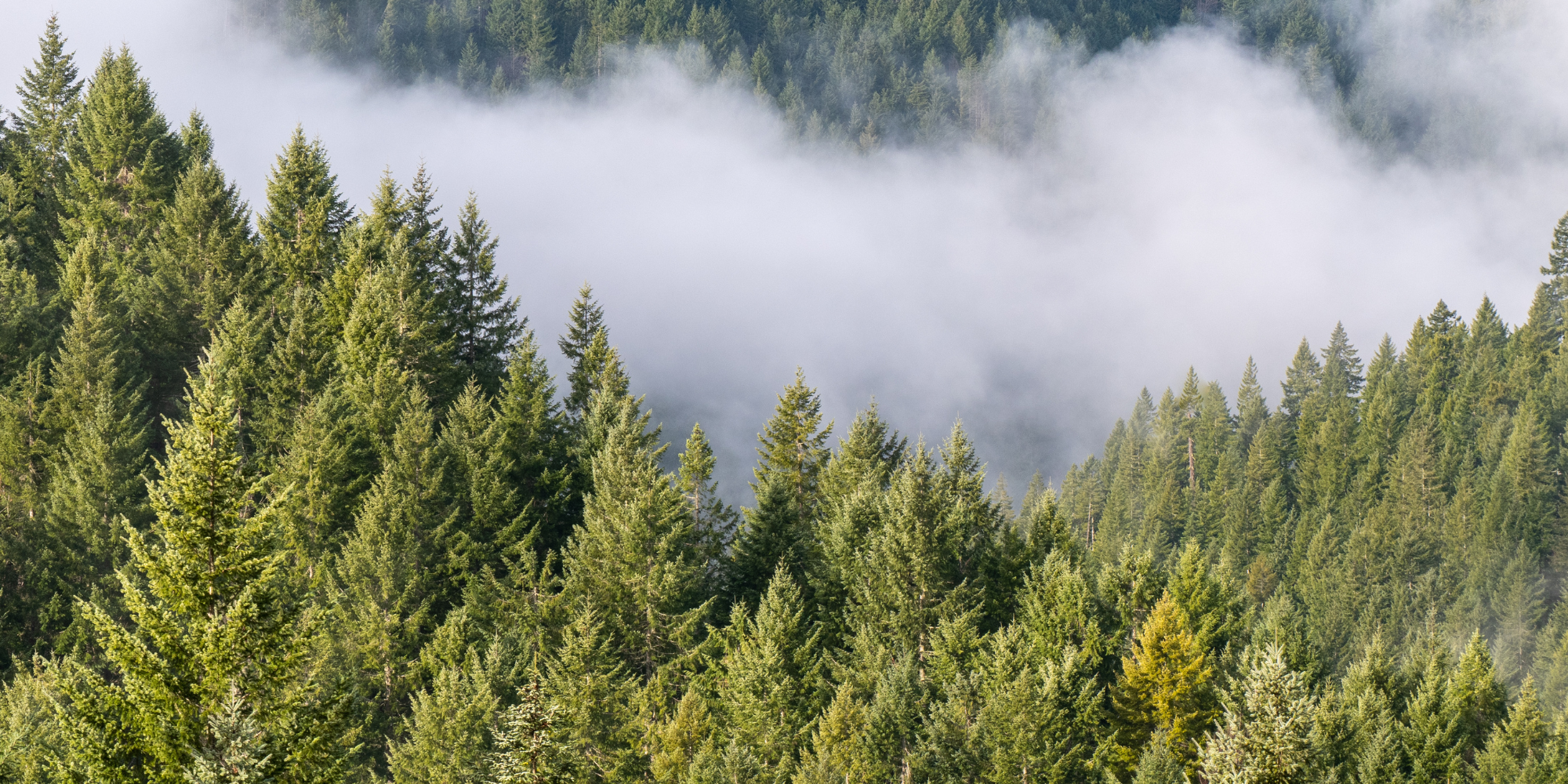
Different forests, different rules
From the lush and moist Douglas-fir and hemlock forests of the Oregon Coast Range to expanse of yellow-barked ponderosa pine forests of the dryer forests of central Oregon to the mixed conifer forests of the Blue Mountains, Oregon’s forests offer incredible diversity. But just as diverse as the forests across Oregon are the different rules and practices they are subject to, depending on who owns or manages them.
For example, federal public lands (National Forests and BLM lands) are managed for “multiple use” to provide clean water, fish and wildlife habitat, recreation, timber, and other values for the American people, and are subject to federal laws. In contrast, forest lands owned by private corporations are generally managed for timber production for profit and are subject to the Oregon Forest Practices Act and state policies.
-

Private Lands
Private forestlands in Oregon are managed according to the Oregon Forest Practices Act (OFPA) first adopted in 1971. The passage of the Private Forest Accord is updating many logging practices to help protect water.
-

State Lands
The Oregon Department of Forestry manages about 821,000 acres of forest land in the state, on six large State Forests and other scattered lands. These forests are either owned by the Board of Forestry or the State Land Board, and money generated from logging goes to county governments and other state services. State forest lands are managed according to the 1971 Oregon Forest Practices Act and regional management plans that cover each State Forest area.
-

National Forests
National Forests, managed by the US Forest Service, cover about 16 million acres (about 25%) of Oregon. In western Oregon, about 7 million acres of National Forest lands are managed under the Northwest Forest Plan (NWFP), put in place in the mid-1990s to address the impacts to species at risk of extinction due to overlogging. In central and eastern Oregon, outside of the NWFP, forest management plans aren’t as cohesive but share requirements for certain stream and wildlife habitat protections.
-

Bureau of Land Management
The Bureau of Land Management (BLM) manages 15.7 million acres of land in Oregon – much of it high desert, but over 3 million acres are forested. In western Oregon, there are roughly 2.6 million acres of forested public land managed by the BLM, often found mixed with private lands in a checkerboard pattern. BLM lands in western Oregon have a complex history that created a tie between timber harvest and funding for local governments and services that has led to logging taking priority over ecological needs such as protecting threatened wildlife and mature and old-growth forests.
-

Tribal Lands
All forestland in Oregon was once tribal land. Land theft, broken treaties, and tribal termination policies have drastically reduced the homeland forests that many Pacific Northwest Tribes have lived on and used since time immemorial. Despite this history, many Native American tribes in Oregon own and manage forestlands today. Some of these forest lands are reservation lands, officially “held in trust” by the federal government and part of the sovereign territory of tribes. Other lands have been bought back over time. These forests are subject to varying rules and each tribe has its own unique approach to managing their forests.
Confederated Tribes of Coos, Lower Umpqua and Siuslaw Indians
Confederated Tribes of Grand Ronde
Confederated Tribes of Umatilla Reservation
Confederated Tribes of Warm Springs
Cow Creek Band of Umpqua Indians
Nez Perce Tribe (though not recognized as an “Oregon” tribe, the Nez Perce homeland stretched across modern-day Oregon and the tribe owns “Precious Lands” in Oregon)
-

County and Municipal Forest Lands
Some counties and city municipalities also own and manage forest land. These forests are also subject to the Oregon Forest Practices Act and state policies, but may also have separate management plans produced by counties and cities based on their purposes for their forests.
For example, county governments in Oregon also manage about 180,000 acres of publicly owned forests. These often small parks and undeveloped properties can be easy to take for granted in the larger context of public lands, and citizens often don’t know they exist. Unfortunately, this means that these local treasures are sometimes logged outside of the public eye, as citizens in Douglas County discovered in 2016 when Busenbark County Park, an undeveloped park with old-growth trees up to five hundred years old, was clear-cut with little or no public notice or comment.
